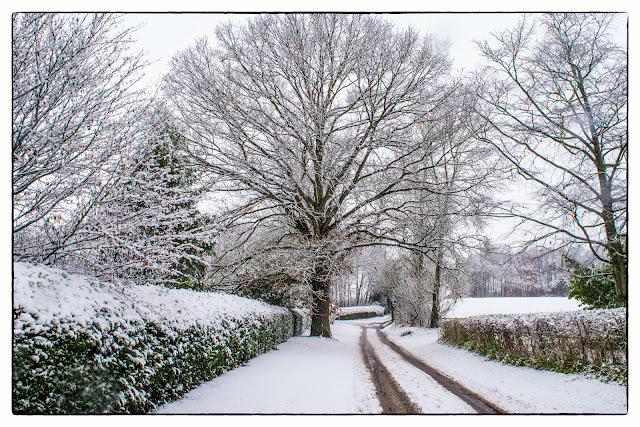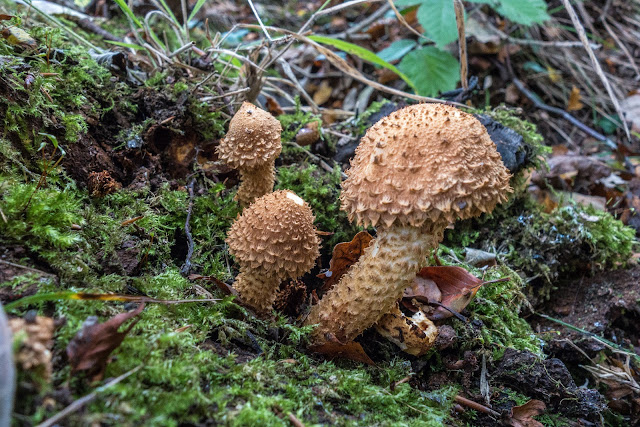Hares of Havergate Island

Just off the mainland, south of one of Suffolk’s most popular tourist hotspots lies a rare and special landscape that most casual visitors probably have no idea even exists. The British coast boasts more than 6,000 islands, but only one of them is in Suffolk. Across the River Ore from Orford Ness, it's far more obvious and famous neighbour, Havergate Island is, in many ways, a bundle of contradictions. Just a 20-minute boat ride from the quay at Orford! These days, no-one lives on Havergate except an abundance of wildlife. It’s been an RSPB nature reserve since just after the Second World War – and what a reserve it is. Along with Minsmere, it was the first place in Britain for avocets to breed in 100 years, and is a magnet for exotic spoonbills and migrant waders. Then there are the hares, probably first brought to the island as a food source when it was inhabited by farmers. Numbers were depleted in the storm surge of 2013, but they’re still a Havergate speciali





